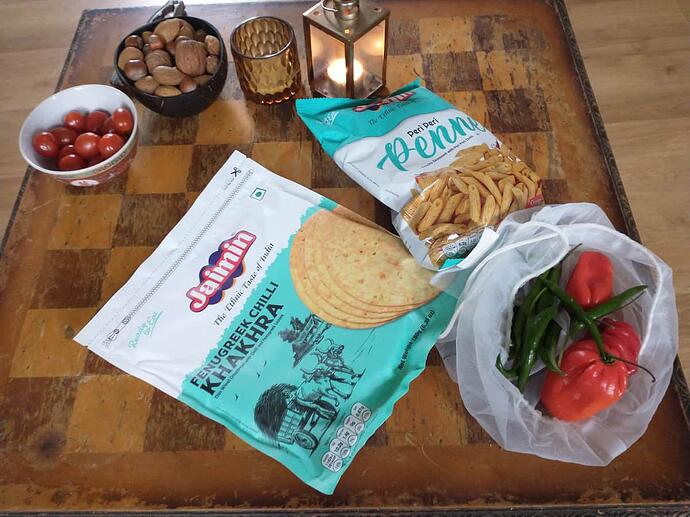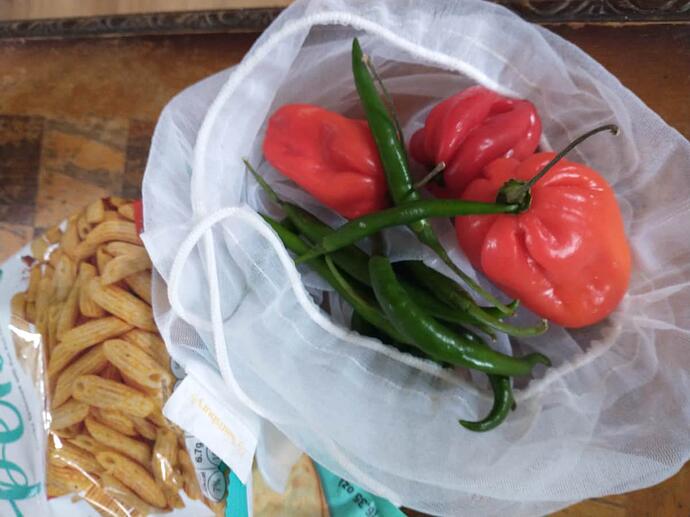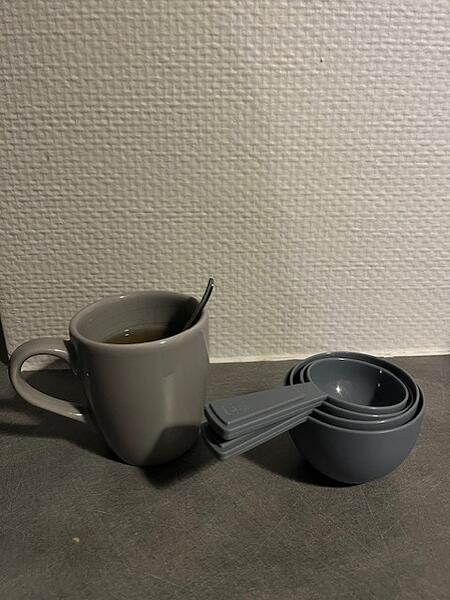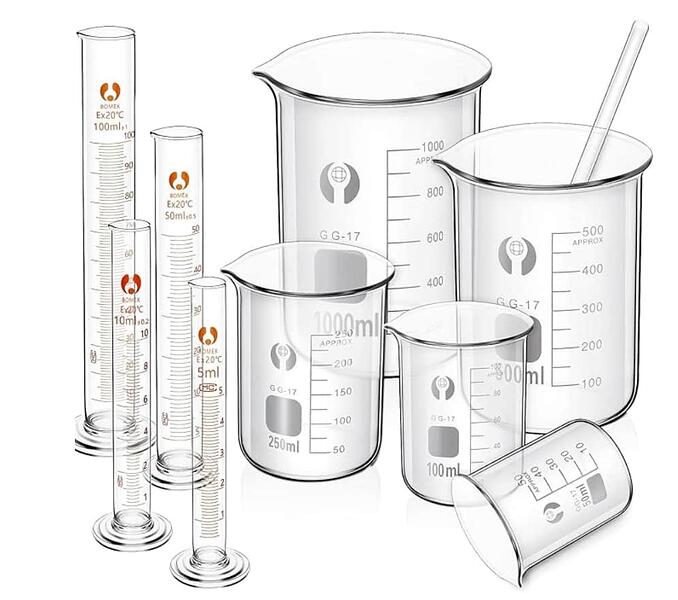US measurements flummox me as well. In recipes, the measure of a cup is often used. But no info on what size of cup. What is the point?
Sounds like my sort of recipe: a knob of butter, a glug of olive oil, a splash or wine, a pinch of salt.
I agree it is less of a problem for a lot of cooking … but no use at all for baking.
I just use the standard measuring cup, ignoring whether the English and American cups are different, but it does work in most recipes. ![]()
Such things do not exist. There is no standardised cup in my kitchen nor in local shops. There are coffee cups, tea cups and bra cups. None are standard.
Instead weighing scales or a jug with volume levels marked out provides the ability to duplicate the exact amount in grams or milllilitres as required in the recipe. This exact measurement negates the need for a non-existent unit of measure called a cup and avoids any confusion.
Next week we can discuss the uselessness of fahrenheit as a measure.
What Puzzles is.
When in a restaurant, placing an order with the Waitress.
“Ill ‘GET’ a Ribeye steak”
Is it the Waitress or the Chef. Where the dubious dwells.
Or is he just, too Self Sufficient,
![]() All the way to the Braai.
All the way to the Braai.
And as for spunk and fags!
My kitchen scales are definitely one of my most used objects. I would never be without them! ![]()
I sometimes tend to be lazy though, and just use a tablespoon to measure 25g of flour for example. I remember we were taught this measurement at school during a Home Economics lesson, but I don’t remember if 25g is a heaped tablespoon or a level one! ![]() The “more or less” method works, but I agree with @Lincolnshire that when it comes to baking, we need to use the exact amounts.
The “more or less” method works, but I agree with @Lincolnshire that when it comes to baking, we need to use the exact amounts. ![]()
Isn’t a standard cup 250ml? That’s what all my measuring devices claim. I have two old 250ml glasses which are very convenient for this purpose (just easier to get at than a set of measuring cups in a drawer).
I found many on Amazon UK. ![]()
And it seems that a full cup is 250ml.
Normally they are sold as a full set from full cup to 1/8th cup etc…
LUOCAI Measuring Spoons and Cups Measuring Spoons Sets Plastic Durable Stackable Measuring Spoon Set Measuring Cup Set for Measuring Dry,Liquids(12 Pack, Brights) : Amazon.co.uk: Home & Kitchen
This is my measuring cups set next to my mug on the left.
In the pic above the cup sets look really big but once you see them next to a mug you can see that they are actually very small and easy to store.
Convenient when you need a quater cup or a fifth etc… ![]()
Oh,so you were talking about measuring cups, not tea/coffee cups ![]() !
!
Yes I guess whenever a cooking recipe is talking in cups, half cups etc… They mean measuring cups… Which ultimately are 250ml so like a mug I guess. ![]()
A quick check clarifies how useless the US measures are. A cup is 8 fluid ounces - or half a pint. That is, half a US pint (16 fluid ounces) rather than an imperial pint (20 fluid ounces). A fluid ounce is 29.575 millilitres (a proper measure of volume). So a cup is closer to 236 ml than 250 ml. Using a 250 ml cup for a recipe that means a US cup (there are only US cups, no-one sensible uses this redundant measure) would introduce an error. For no benefit. Whereas the recipe could have simply stated the exact measure in a real unit such as millilitres. Then person following the recipe can measure out the amount required.
Why introduce an additional and inherently inaccurate unit? Or why stop at this one unneeded additional unit of measure? Let’s invent some more. A gobful - a very full mouthful of whatever is being measured out (equals a third of a cup). A palate-knife-ful. However much can be balanced on a palate-knife (equals half a groat). A snort-ful. The equivalent of how much can be snorted up the nose in one inhalation (equals a quarter of a teaspoon).
The US has it own unique measuring system. If the US wanted to be like everyone else we would be like most other countries and what good would that be? ![]()
Clearly this is another US word that has flummoxed me. From the use in the above sentence, in the US it means “rubbish and archaic” - whereas in English the word unique means individual or one-off. Fascinating.
Indeed. Without proper measuring implements, we spend our days squatting around the fire gnawing on hunks of roadkill and the odd apple that has fallen off the tree
![]() .
.
Hopefully, we can prepare some decent cuisine once we figure out some proper measuring implements.
![]()
My favorite way to measure is displacement of a solid (butter) in a liquid measuring cup.
Odd, but my favorite liquid measuring cups are these because they are spot-on accurate and are designed not to dribble when pouring.
Interesting. I normally expect recipes to define solid ingredients by weight and liquid ingredients by volume. But you are suggesting displacement to give the volume of a solid. I can see that would give an accurate reading of volume. How do you then translate that volume into weight?
Excellent measuring jars by the way. All with sensible metric measurements!




